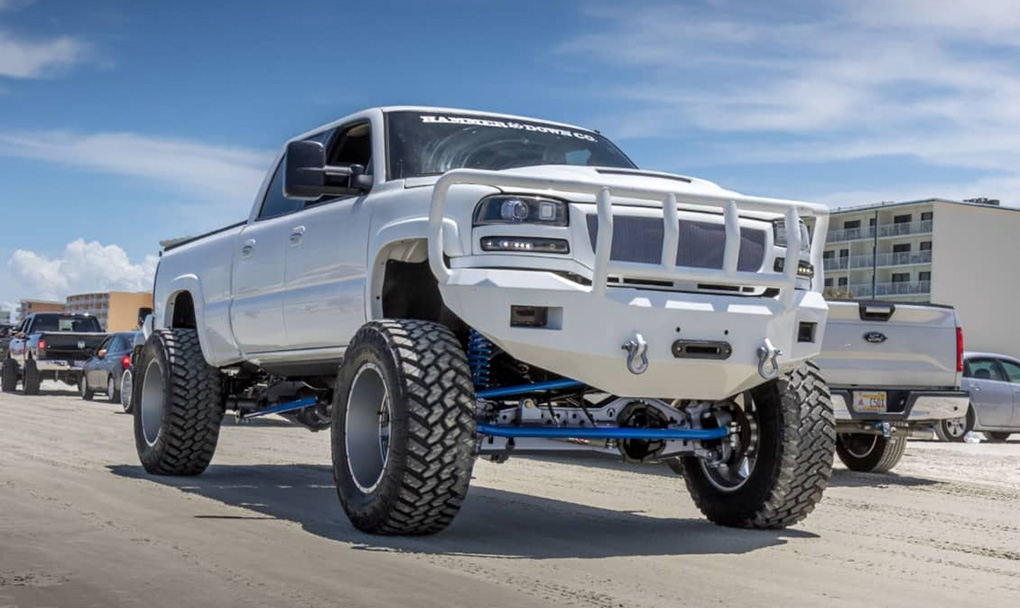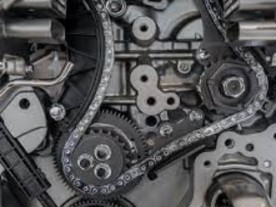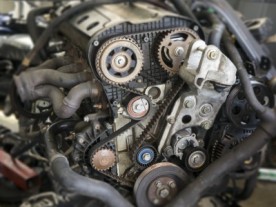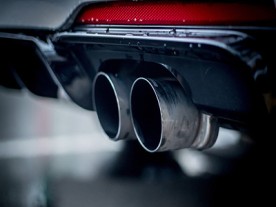Installing wheel spacers on a vehicle is a common modification among car enthusiasts. Spacers are used to increase the track width, thereby enhancing the appearance and performance of the vehicle. However, one question often arises: Do we need an alignment after installing spacers? In this article, we will delve into the topic and explore the implications of spacer installation on a vehicle's alignment.
Before discussing alignments, let's first understand what wheel spacers are and why they are used. Wheel spacers are small metal or plastic devices that are installed between the wheel hub and the wheel itself. Their purpose is to create additional space between the wheel and the suspension components, effectively pushing the wheel further away from the vehicle's body.
When wheel spacers are installed, they can have both positive and negative effects on a vehicle's performance. On the positive side, wider track widths provide greater stability during cornering, as the vehicle's center of gravity is widened. This can result in improved handling and reduced body roll. Additionally, wheel spacers allow for the installation of larger brake calipers or aftermarket wheels with different offsets.
On the other hand, there are also potential drawbacks associated with wheel spacers. One such concern is the impact on the vehicle's alignment.
Alignment refers to the adjustment of various suspension angles that ensure optimal tire contact with the road surface. Proper alignment contributes to even tire wear, improved handling, and overall vehicle stability. The key alignment parameters include camber, toe, and caster.
Camber refers to the vertical tilt of the wheel when viewed from the front. Positive camber means the top of the wheel tilts outward, while negative camber has the top tilting inward. Toe, on the other hand, refers to the angle formed by the tires when viewed from above. Finally, the caster is the angle formed by the steering axis and a vertical line when viewed from the side.

Installing wheel spacers can potentially affect a vehicle's alignment settings. The primary alignment parameter influenced by spacers is the track width or the distance between the wheels on the same axle. As spacers increase the track width, the suspension geometry changes, which may lead to misalignment.
One common issue associated with wider track widths is increased negative camber, especially in vehicles with independent rear suspensions. This occurs as the wheels are pushed away from the vehicle's body, altering the suspension geometry. Negative camber can result in uneven tire wear, reduced cornering grip, and increased rolling resistance. Therefore, an alignment adjustment may be necessary to correct the camber angle.
Additionally, the settings can also be affected by spacers. The wider track width caused by spacers may alter the toe-in or toe-out angles, leading to uneven tire wear and decreased straight-line stability. An alignment check and adjustment can help restore the proper toe settings.
To determine whether an alignment is necessary after installing spacers, it is advisable to consult with alignment professionals. They possess the expertise and necessary tools to accurately assess your vehicle's alignment and make any required adjustments.
Alignment professionals will examine various factors such as the type of spacers used, the extent of track width change, and the specific suspension design of your vehicle. Based on their evaluation, they can provide recommendations on whether an alignment is necessary and what adjustments should be made.








